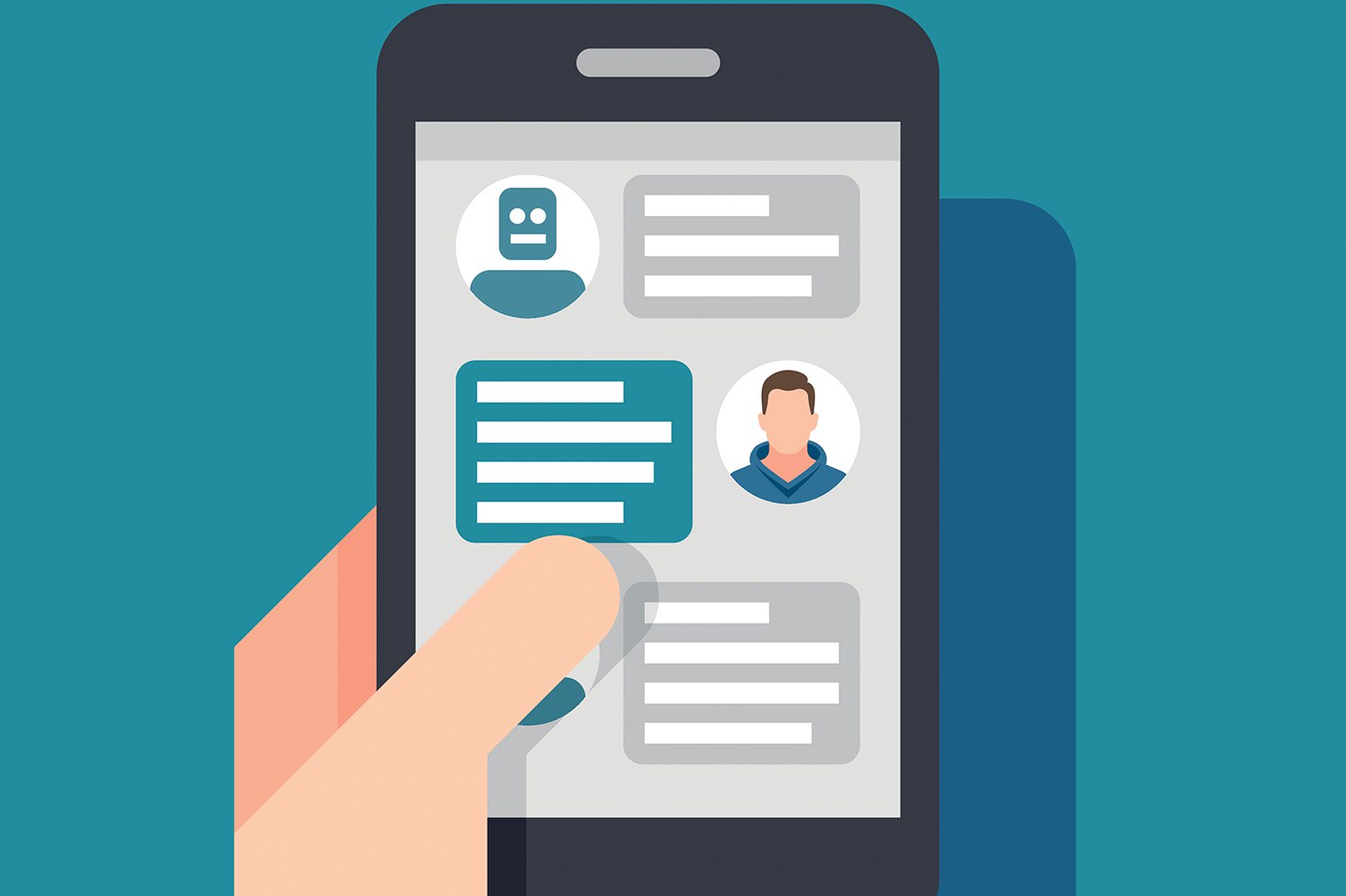

Common mistakes of a bot
Creating a chatbot is no walk in the park. Although chatbot platforms allow companies to make bots powered by artificial intelligence in just a matter of minutes, mistakes are still made, like not giving the chatbot a unique name or forgetting to tell customers they are speaking to a chatbot and not a human.

Everything needs to be taken into consideration, as well as double and triple checked before being launched. To help improve your odds for success, I’ve put together a list of 5 common mistakes you should avoid making at all costs when creating a chatbot for your company.
1. Requiring Too Much Text
When possible, the chatbot should be designed to not require text input. Users prefer clicking simple buttons to typing. Graphical widgets should be used instead of text where possible. In the worst case, the numbered options can be presented in the text that users can choose from.
2. Not Undertaking the Appropriate Testing Before Launching It
It is hard to launch a product that is 100% perfect the first time around. When you first launch your chatbot, be prepared to immediately fix any issues it may have. The first launch of your chatbot will be the perfect opportunity for you to leverage existing customers to give you feedback.
Your customers will feel valued, as they will be given the opportunity to be part of your community and brand, and you will gather priceless insights and data from them. If you are a new company without someone test your bot on, ask your team members, people you know in your industry, and even friends.
Before launching your first chatbot, be sure to:
- Research your chatbot’s audience
- Test your chatbot multiple times
- Gather feedback from your team
- Launch it to external feedback groups
- Be prepared to make the appropriate changes to fix any bugs
3. Letting Conversations Lead Into Dead Ends
“Hello there”, “I’m here to serve you”, and “how may I assist you?” are not the best ways your bot can introduce itself. Users will be confused without a clear call to action. Most of them will just say hi and leave. What if you insert an interaction example? Something like: “Ask me where is the best hotel in Bangkok” or “Where would you like to eat tonight?” Be clear about the next step. The user has to know what they can say to move the interaction forward.
4. Using Chatbots When Apps Could Complete the Tasks Better
Chatbots aren’t perfect for every task. In some cases, companies can use applications to serve customers better.
If for example a process requires feedback and adjustments on multiple screens and a high level of detail, it makes more sense to use an app than a bot. This is especially true for desktop applications but is also applicable to mobile applications.
5. Not Solving The Entire Problem
If the customer does not need to leave the chat channel to complete their job then the bot will be truly useful. If the customer has to leave the chat to complete certain steps in the process then the bot will be less useful.
Of course it may be the case that it is impossible for the bot to take care of all the required steps but if it is possible to do so, it will be much more valuable to the end customer if the bot can deal with the entire process.
For example, when a customer uses a chatbot to purchase a cup of coffee, they should have the option to complete the transaction by paying the bot. They should not be forced to pay cash to the barista at the end of the process if at all possible. Uber wouldn’t be as good if you had to pay cash to the driver at the end of the ride.


